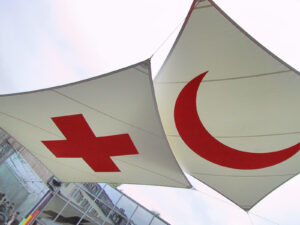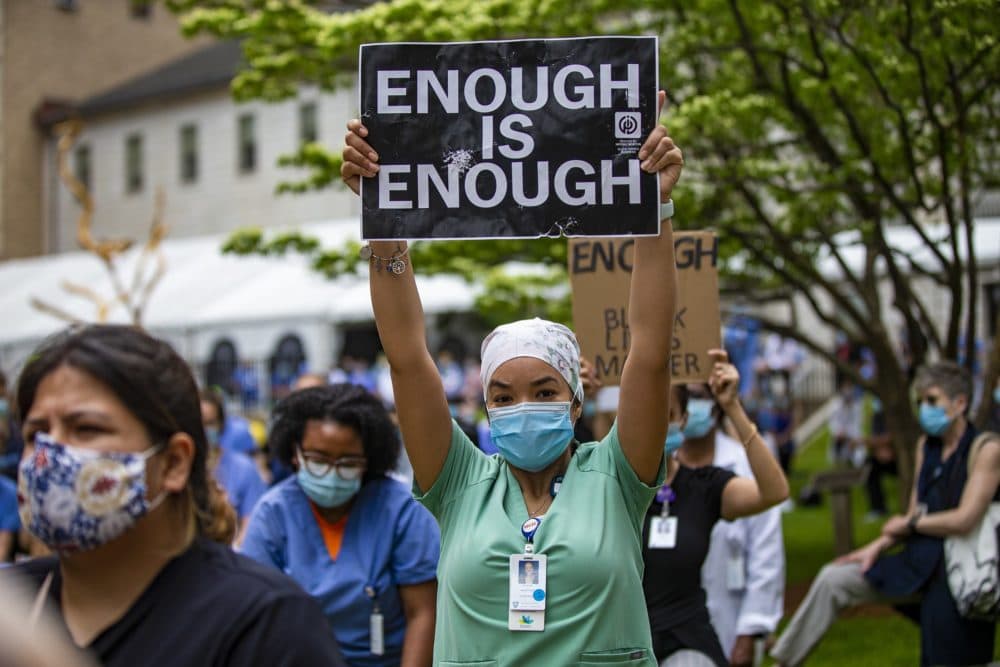In today’s interconnected world, the media plays a crucial role in shaping our understanding of global events. But how exactly does media portrayal influence public perception and support, particularly in matters of health during times of conflict? Framing theory suggests that socially constructed perspectives influence individuals’ perceptions of reality. Because there are multiple ways to grasp a situation, individuals may develop differing perceptions of the same reality and act based on these interpretations.
Media outlets, with their broader reach, have the power to shape these frames, influencing how the public perceives different sides and issues. In the context of conflict, journalistic framing can determine which topics receive the most attention, which parties are perceived as legitimate or at fault, and how feasible solutions appear. This can significantly impact public opinion, policy decisions, and even the course of the conflict itself.
To start, the way media represents identities of populations affected by conflict-related health crises can influence public empathy and support. Ethnocentrism, the act of judging another culture by one’s own standards, allows individuals who share similar identities with those affected are more likely to engage in cultural relativism, understanding another culture from their standards, since both perspectives align. People tend to feel greater empathy toward those with whom they share identities when depicted in negative contexts. This can be attributed to in-group, a social unit to which an individual belongs and feels a sense of “we” bias. However, for those who do not share these identities, individuals may rely on media portrayal to fill gaps in understanding of affected populations that are not already fulfilled by the social construction of reality, an individual’s perception of one’s social world is determined or influenced by social interaction. While there are mixed results as to the relationship between media and the humanization of individuals during disasters, it is clear that some influence is present.
Next, media coverage of humanitarian aid needs and efforts during conflicts can significantly affect public perception and willingness to help. Sudden-onset, national coverage can mobilize humanitarian aid, but underreporting of health crises can lead to inadequate responses and worsened health outcomes for affected populations. For example, a 2023 report highlights that one humanitarian crisis affecting over 7.3 million people received over 300 times less media coverage than the Barbie movie. Additionally, when the media highlights the solvability of a crisis, this leads to increased perceived efficacy and willingness to help. Visual portrayals of vulnerability can evoke sympathy and increase support for aid.
These impacts of humanitarian reporting on public perception can then lead to various effects on health crises in conflicts, such as
- increased donations and volunteer efforts when coverage humanizes affected populations;
- pressure on governments to intervene or provide aid;
- shifts in public opinion about the conflict and involved parties; and
- changes in attitudes towards refugees, individuals who leave their homeland to escape violence and war, and asylum seekers.
 Given the media’s significant impact on health perceptions and outcomes during conflicts, responsible health communication is critical. It should consider avoiding sensationalism while still conveying urgency, providing context for health statistics and aid efforts, and providing a balanced representation of different ethnic and racial groups. Despite this, it is important to acknowledge that there are several factors that can affect unbiased media reporting attempts on health issues during conflicts, such as geopolitical interests and alliances, pre-existing public perceptions and biases towards certain regions or ethnicities, and limited access to accurate health data in conflict zones, due to potential manipulation of health information by conflicting parties or safety of journalists.
Given the media’s significant impact on health perceptions and outcomes during conflicts, responsible health communication is critical. It should consider avoiding sensationalism while still conveying urgency, providing context for health statistics and aid efforts, and providing a balanced representation of different ethnic and racial groups. Despite this, it is important to acknowledge that there are several factors that can affect unbiased media reporting attempts on health issues during conflicts, such as geopolitical interests and alliances, pre-existing public perceptions and biases towards certain regions or ethnicities, and limited access to accurate health data in conflict zones, due to potential manipulation of health information by conflicting parties or safety of journalists.
The media’s portrayal of conflict, and the public health situation within it, plays a crucial role in shaping public perception and support. By presenting balanced, contextual, and humanizing coverage, media can foster greater understanding, empathy, and support for health initiatives in conflict zones. As consumers of media, we must approach conflict-related health news with critical awareness, recognizing how portrayal can influence our views and actions. By doing so, we can make more informed decisions about supporting health initiatives in conflict zones, potentially making a significant difference in the lives of affected populations.
Rahim is a guest contributor at UITAC Publishing. UITAC’s mission is to provide high-quality, affordable, and socially responsible online course materials.
Images used in this blog:
- “Black and White Analogue Photograph of People in a Room with Obsolete Equipment” by Emmanuel Codden is licensed on Pexels. This image has been cropped.
- “Croixrouge logos” by kusuma is licensed under CC BY-SA 3.0. This image has not been altered.




